October 2024: The Smithsonian Folklife Festival
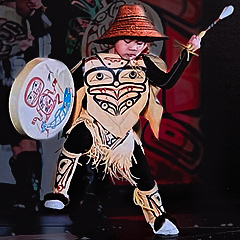
In our Spotlight series, we take a closer look into the kaleidoscope of traditional arts in Central Pennsylvania and the work of artists featured in our Folk Artists Gallery. In this article, folklorist Amy Skillman shares her visit to the Smithsonian Folklife Festival on The Mall in Washington, DC in June 2024.
All photographs are by Amy Skillman unless otherwise credited.
If you have never been to the Smithsonian Folklife Festival, on The Mall in Washington, D.C., treat yourself and put it on your calendar for next summer. The festival is always held during the week leading up to or including July 4th. The theme in 2025 will be “Looking Forward: Youth and the Future of Culture.” According to their festival brochure, it will explore creativity, vitality, resilience, and intergenerational learning through youth-centered projects and initiatives transforming communities.
The Smithsonian Folklife Festival is the granddaddy of the folklife festival tradition; the National Folk Festival being the grandma. First held in 1967, it set the tone for a diverse offering of cultures, as well as formats. Here you will find performances, demonstrations, workshops, narrative stages, gardens, a demonstration kitchen, and often some pretty amazing structures built expressly to showcase traditions being featured in any given year.
2024 Smithsonian Folklife Festival theme: Indigenous Voices of the Americas
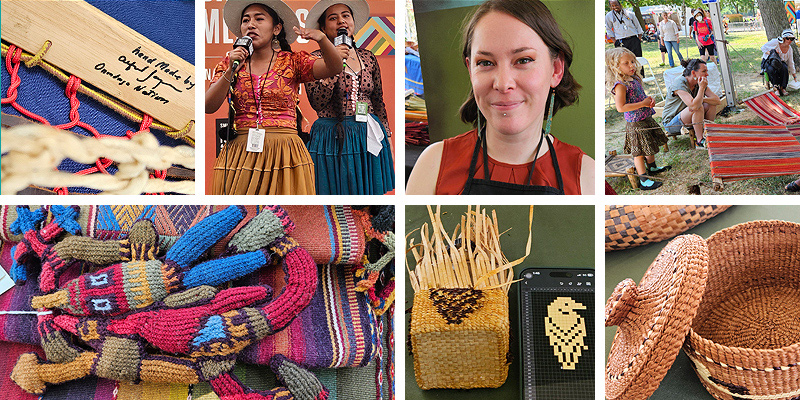
The Smithsonian Folklife Festival's website says:
In 2024, Indigenous Voices of the Americas: Celebrating the National Museum of the American Indian highlights living traditions of Indigenous peoples. Across the Western Hemisphere, thousands of Indigenous communities are sustaining traditional practices and contributing to a more equitable future. Today, these individuals and nations define who they are, through their own stories in their own words.
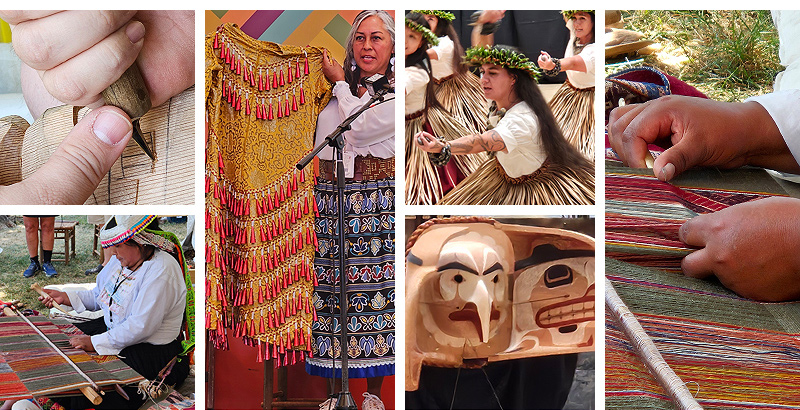
Skateboarding as cultural expression
One of the highlights of this year’s festival was the Skating and Skate Art area. Skateboarding is a very popular sport among Indigenous youth and it is absolutely becoming a folk tradition. The sign at the entrance to the area says, “Skateboarding is a transformative pastime that combines physical skills with design and DIY culture.” In a way, it represents a circling-back: the skateboard has its roots in the papa he’e malu (surfboard) of Native Hawai’ian culture.
Ramps, jumps, rails, and even a half-pipe filled a street next to the National Museum of the American Indian. There were clinics to learn skateboarding, demonstrations of tricks, and even skateboard jams with skilled skaters vying for top kudos.
Skateboard artists displayed and demonstrated the art of decorating the decks of the boards. This is also a form of cultural expression: the artwork often reflects the cultural symbols of the artist’s heritage.
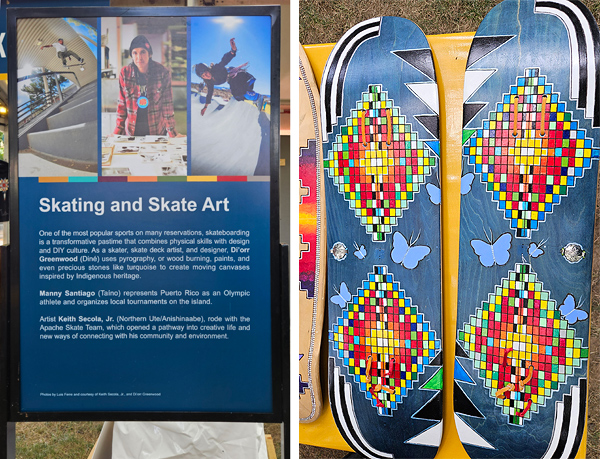
photos by Amy Skillman
Reclaiming the skirt
Most impressive was the skating group from Bolivia called ImillaSkate. This is a group of young women (imilla means “young girl” in their Quechua language) who have been skating for most of their lives. It was started by two friends who loved boarding together but felt excluded from the male-dominated sport.
The group distinguishes itself by adopting the traditional dress of their ancestors, including long braids and polleras — the colorful, bulky skirts commonly associated with the Indigenous women from the highlands of Bolivia. The garment has a checkered history: imposed on Bolivian women by Spanish conquistadors, embraced as traditional garb, derided and scorned, embraced again as an aesthetic of defiance. The skaters have reclaimed the dress as a symbol of cultural pride, though the hemline has risen over the years.
As one Imillaskate member said of wearing the skirt: “...I felt like an empowered woman with the willpower to go out and shine.”
It was clear that these young women not only love skating, but they love teaching others. During a workshop, they were working with kids new to skateboarding. The care, patience, and kindness they showed as they encouraged these younger boarders was touching to watch.
video by Amy Skillman
Folklife in the making
Across the grounds, at another stage, two members of ImillaSkate performed their version of hip hop music. Sung in a mix of Spanish and Quechua, the songs express a fusion of contemporary and traditional lifeways.
They had the audience on their feet, and some other Bolivian women began a line dance that twirled their skirts back and forth in rhythm to the music. Not only has hip-hop made it to Bolivia, but it has also been embraced as an important form of creative expression for youth.
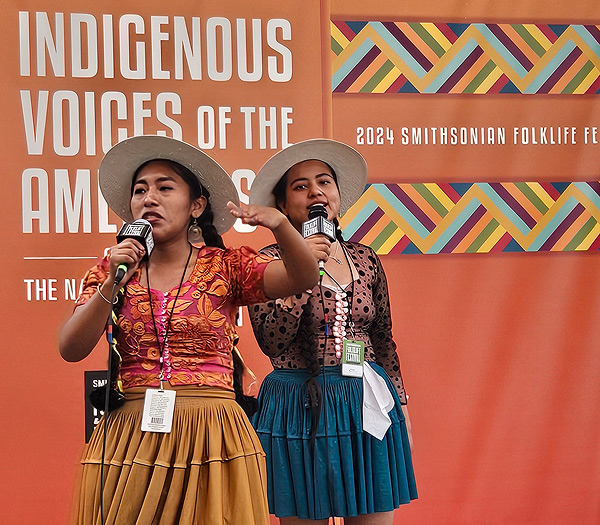
photo and sound clip by Amy Skillman
A panorama of traditions
Throughout The Mall and inside the National Museum of the American Indian were hundreds of artists sharing their stories and their art. Visitors could talk with basket makers, weavers, flute players, mask carvers, and even chefs making traditional dishes.
At one of the narrative stages, two Ojibway women talked about the cultural and political origins of the 100-year-old women’s jingle dress and the healing power of the Jingle Dance. At another stage, tribal leaders and scientists talked about ecology and sustainability on Native lands.
In an open field, you could join a joyful scrimmage game of lacrosse with Haudenoasaunee athletes and local youth who just learned about the game that day. And, in the Foodways tent you could learn how to cook Three Sisters Soup from corn, squash and beans, and enjoy a happy hour over blackberry sage and yaupon (holly) tea.
Save the date! July 2-7, 2025
In years past, SFMS partnered with another local organization to take a bus trip down to Washington, DC, for a day at the festival. Maybe in 2025?? Mark your calendar for next year's Smithsonian Folklife Festival and the theme “Looking Forward: Youth and the Future of Culture.”
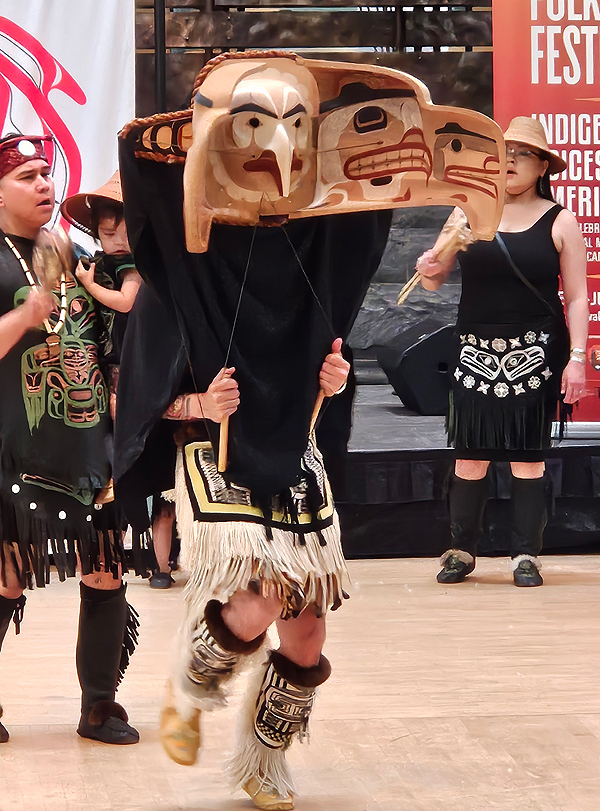
photo by Amy Skillman


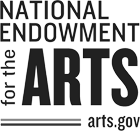
Brand icons for Facebook, YouTube, Instagram and other social media platforms are the trademark of their respective owners. No endorsement is implied.